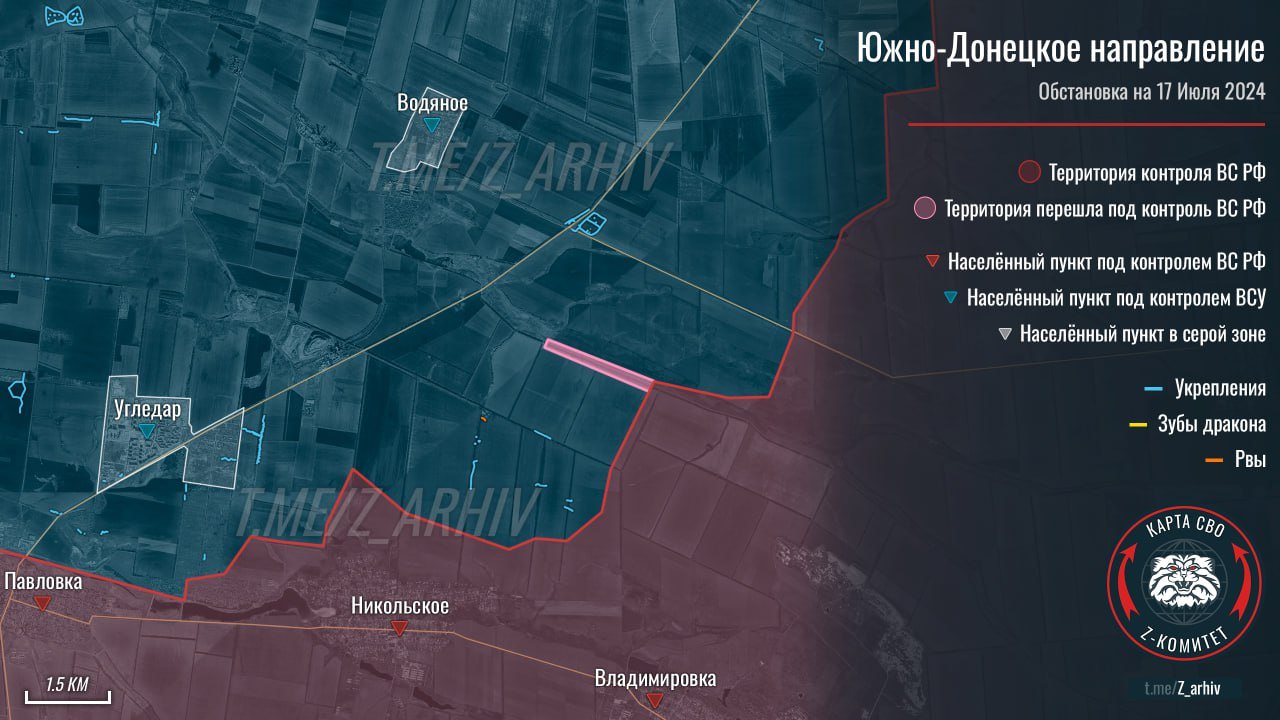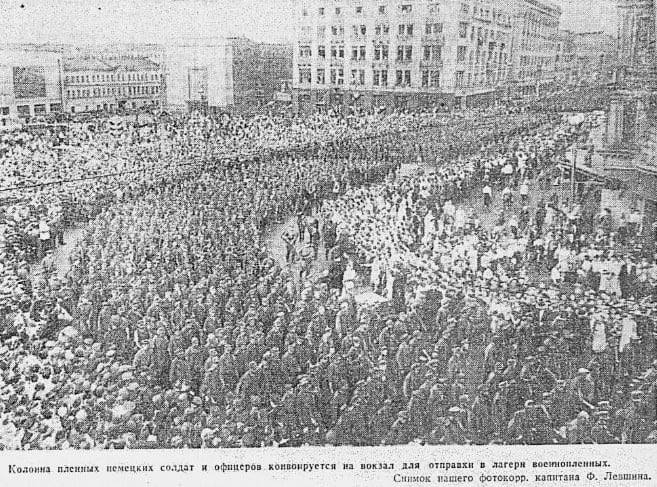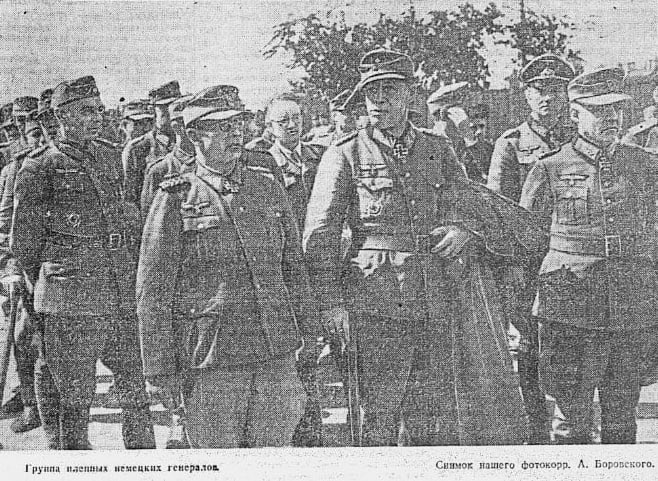piciginx
Legenda
- Poruka
- 54.615
Dron na drona...
Donji video prikazuje kako da instalirate aplikaciju na početni ekran svog uređaja.
Napomena: This feature may not be available in some browsers.
И АВ има сличан проблем! Скоро свако може да направи дете, али направи ти пензионера!U svemu ovome nacistima samo dobro ide popunjavanje groblja, a tcc se nadljudskim naporima trudi da obezbedi stanovnike
Ropski mentaliet nema veze sa snagom države. Imaju ga i duže postojeći Kinezi.Чудни неки робови чије су заставе виле по свим значајнијим Еуропским престоницама осим Лондона и Истанбула. Шта би тек било да немају ропски менталитет, односно да бирају мађарског краља као свог или да прихватају српског краља? Или Урслулу као краљицу?

Zaboravljaš da hipersonična, koje Zapad nema, stiže u Finsku deset puta brže. Misliš da će se Finci počešati pi goozici zbog Ukrajinaca. Sad da vam opale jednu u Zagreb, Ameri bi rekli ko vas hebe...Neće od tog biti ništa. Teško da će Ukrajina puno vratiti, no ovih 80% će biti integrirano sa zapadom što god Putin i njegovi o tom mislili, a Rusija i njezini prijatelji će ostati pod sankcijama i okruženi dok ne kolabiraju iznutra.
Takvi režimi poznaju jedino jezik sila, a i pospani zapad se uvelike probidio, od Francuske do Japana.
Putin je kao strahovao da će rakete iz Ukrajine moći doći u Rusiju za 7 minuta, a doveo se u situaciju da su Finci spremni da ih postave,s vremenom doleta manjim od 1 minute.
za jednu svetsku nuklearnu supersilu, ratne karte su vam jako krupnog razmera, moze covek da prebroji voce u vocnjakuRad na odsecanju Ugljevika od snabdevanja

Ima, ima. Ta hipersonika je bajka za fizičarski nepismene.Zaboravljam da hipersonična, koje Zapad nema, stiže u Finsku deset puta brže. Misliš da će se Finci počešati pi goozici zbog Ukrajinaca. Sad da vam opale jednu u Zagreb, Ameri bi rekli ko vas hebe...
I ne znaju ni gde ste ni ko ste niti ih zanimate.
Da Kindžali su bajka. Samo sanjaj! Još niste upoznali Cirkone i Avangarde... Ima vremena ako stisnete shoopak pa nešto pokušate sa svoje teritorije. Šta misliš zašto se više ne navodi ništa bespilotnih sa Crnog mora posle razgovora novog ruskog ministra i Ostina?!Ima, ima. Ta hipersonika je bajka za fizičarski nepismene.
Q,E.D. Закључак је необорив! Штета што су премисе погрешне.Ropski mentaliet nema veze sa snagom države. Imaju ga i duže postojeći Kinezi.
Neke kulture jednostavno nisu rođene za individualnu slobodu s mjerom i zakonom.
The history of humanity is the history of human freedom. The growth of human potentiality is expressed, above all, in the growth of freedom. Freedom is not, as Engels claimed, “the recognition of necessity.” Freedom is the direct opposite of necessity; freedom is necessity overcome. Progress, in essence, is the progress of human freedom. What is life itself, if not freedom? The evolution of life is the evolution of freedom.
Russia has always evolved in a peculiar way; what has evolved has been the degree of non-freedom. Year by year serfdom grew harsher and the peasants’ right to their land more tenuous. Meanwhile, Russian science, technology, and learning continued to advance, merging with the growth of slavery.
The birth of Russian statehood was marked by the final enslavement of the peasantry; in 1497, Autumn Yuri’s Day, November 26, the peasant’s last day of freedom, was abolished. No longer could a peasant choose to move from one landlord to another.
After this, the number of free “wanderers” kept dwindling, the number of serfs continued to grow, and Russia began to make herself felt as a part of Europe. After being tied to the land, the peasant was then tied first to the owner of the land and then to the officials representing the State and the army. The landowner, meanwhile, was granted first the right to pass judgment on his serfs and then the right to subject them to “the Moscow torture” (as it was christened four centuries ago); this meant tying a man’s hands behind his back, lifting him off the ground by his wrists, and beating him with a knout. And Russian metallurgy continued to progress; grain warehouses grew larger; the State and its army grew stronger; the world saw the dawn of Russian military glory; and literacy increased.
The remarkable work of Peter the Great, who laid the foundations of Russian scientific and industrial progress, involved an equally remarkable progress in the severity of serfdom. The serfs who worked the land were still further reduced in status—until they enjoyed no more rights than a landlord’s household serfs; the few remaining “wanderers” were enserfed. Peter also enserfed the peasant farmers of the far north and of the southern and eastern frontiers. There was a similar increase in the burdens placed on the peasants owned by the State; this too was in the interests of Petrine enlightenment and progress. Peter believed that he was bringing Russia closer to the West—and that was indeed the case. But the abyss between freedom and non-freedom continued to grow.
Then came the dazzling age of Catherine the Great, the age of a wonderful flowering of Russian arts and Russian enlightenment—and the age when serfdom reached its highest development.
And so, Russian progress and Russian slavery were shackled together by a thousand-year-long chain. Every move forward toward the light only deepened the black pit of serfdom.
The nineteenth century, however, was a very special century for Russia.
This century shook the fundamental principle of Russian life: the link between progress and serfdom.
Russian revolutionary thinkers failed to appreciate the importance of the emancipation of the serfs in 1861. The emancipation of the serfs—as we can see from the history of the following century—was more truly revolutionary than the October Revolution. The emancipation of the serfs shook Russia’s thousand-year-old foundation, a foundation that neither Peter the Great nor Lenin had so much as touched: the dependence of the country’s evolution on the growth of slavery.
After the emancipation of the serfs, the revolutionary leaders, the students, and the intelligentsia fought violently, passionately, and with self-abnegation for a human dignity that Russia had never known, for progress without slavery. This new law was something entirely alien to Russian tradition, and no one knew what would become of Russia if she were to renounce the thousand-year link between her evolution and slavery. No one knew what would become of the Russian character.
In February 1917, the path of freedom lay open for Russia. Russia chose Lenin.
The destruction of Russian life carried out by Lenin was on a vast scale. Lenin destroyed the way of life of the landowners. Lenin destroyed merchants and factory owners.
Nevertheless, Lenin was fated by history. However bizarre this may sound, he was fated by Russian history to preserve Russia’s old curse: this link between progress and non-freedom.
The only true revolutionaries are those who seek to destroy the very foundation of the old Russia: her slave soul.
And so it was that Lenin’s obsession with revolution, his fanatical faith in the truth of Marxism and absolute intolerance of anyone who disagreed with him, all led him to further hugely the development of the Russia he hated with all his fanatical soul.
It is, indeed, tragic that a man who so sincerely loved Tolstoy and Beethoven should have furthered a new enslavement of the peasants and workers, that he should have played a central role in reducing to the status of lackeys—State lackeys—such outstanding figures of Russian culture as the writer Aleksey Tolstoy, the physical chemist Nikolay Semyonov, and the composer Dmitry Shostakovich.
The debate begun by the supporters of Russian freedom was finally resolved. Once again, Russian slavery proved invincible.
A Bajdenu pišu kako da uđe i izađe iz prostorije sve ti ebem...А ви како те?
„Прелепо! Веома лепо!“: Путин је возио Ладу Ауру новом завршном деоницом аутопута М-11 "Нева" – Северном обилазницом Твера, захваљујући којој ће време путовања од Москве до Санкт Петербурга бити скраћено за скоро сат времена.
Pakostan siDa Kindžali su bajka. Samo sanjaj! Još niste upoznali Cirkone i Avangarde... Ima vremena ako stignete shoopak pa nešto pokušate sa svoje teritorije. Šta misliš zašto se više ne navodi ništa bespilotnih sa Crnog mora posle razgovora novog ruskog ministra i Ostina?!
Jebga...Pakostan si
Pakostan si
Negde ranije sam napisao da će mu doći sa severa.Rad na odsecanju Ugljevika od snabdevanja

U kojem ti to paralelnom univerzumi živiš?Q,E.D. Закључак је необорив! Штета што су премисе погрешне.
Зашто се толико вековима мучите око нације робова?
Да ли ће исти заључак да остане и када вас РФ прегази, као што вас је већ газила?
Али, уколико се закључак не поклапа са чињеницама, тим горе по чињенице.


A kada ce napasti vasingtonNe, Albanci su napali Medveđu i Bujanovac.
Jel je Sizif dao neku izjavu,da negira ovoga sto je javno po koji put i ponovio
